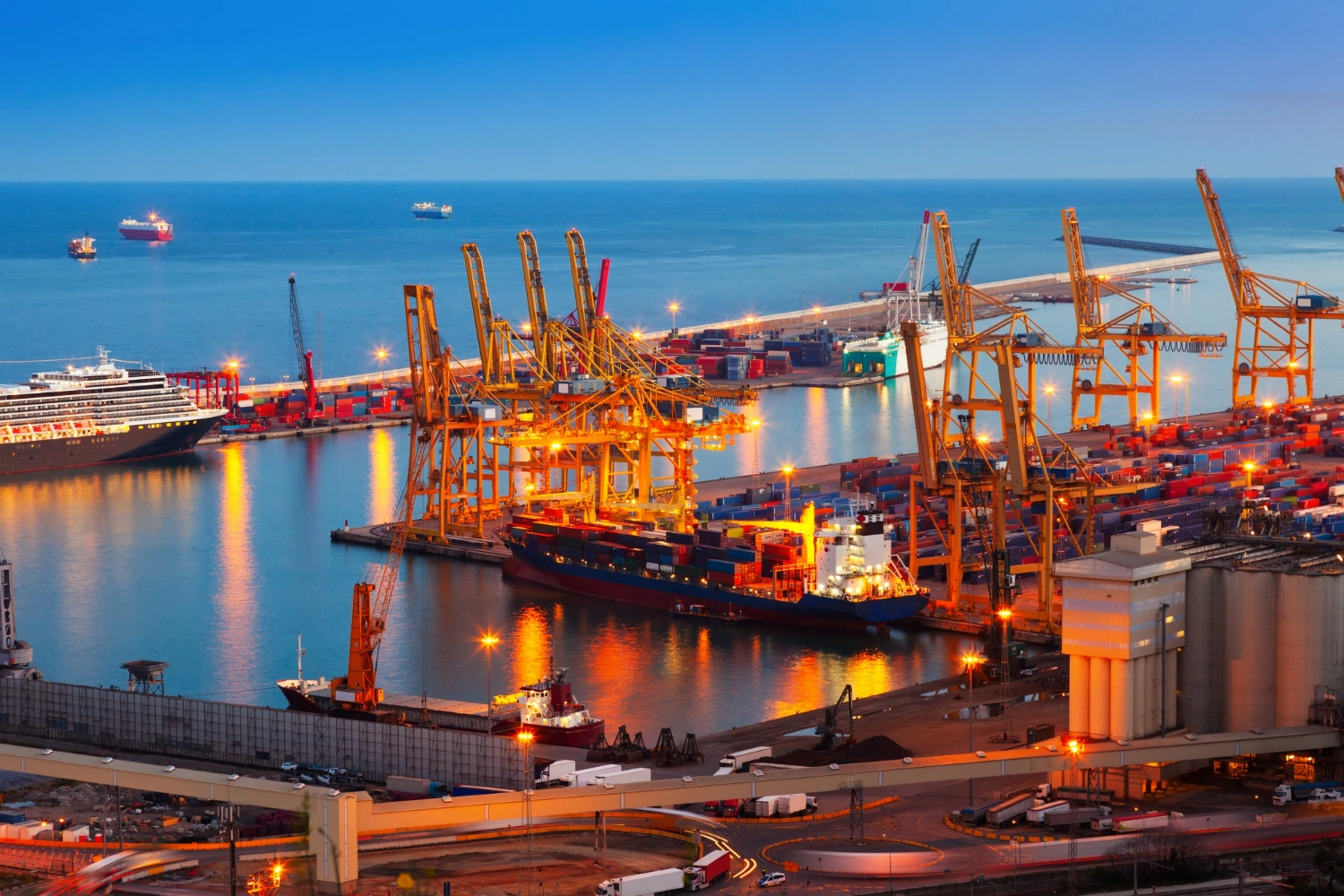The success of your global supply chain hinges not only on moving your products to international markets but also on your ability to manage them at the right time, in the right place, and at the lowest possible cost. Warehousing and domestic transportation are the areas that constitute a large part of the total logistics cost but hold the most optimization potential.
At PANGEA, we enhance our clients' competitive edge by managing these two key areas with integrated and smart strategies. Here are 5 strategies you can implement to reduce costs and maximize efficiency.
Introduction: Why Should Warehousing and Domestic Transportation Be Considered Together?
Traditional approaches view warehousing and transport as separate processes. Modern logistics, however, utilizes the intersection of these two processes (the distribution center) as a cost-reduction tool. Smart strategies aim to simultaneously optimize both the time spent in the warehouse and the transportation mileage.
1. Strategy: Strategically Located Distribution Centers (Hub & Spoke Model)
The first step to reducing warehousing costs is ensuring the warehouse is in the right location.
- Market Proximity: Using storage facilities close to main markets with high customer density significantly reduces last-mile transportation costs and delivery times.
- Supply Chain Mapping: PANGEA analyzes your current supply chain to determine the most ideal warehouse locations that allow you to reach the most points with the least mileage and fuel consumption. This offers substantial savings, especially in high-volume domestic transportation operations.
2. Strategy: Technology-Focused Inventory and Warehouse Management (WMS)
Manual inventory management leads to errors, overstocking (storage costs), or understocking (lost sales).
- WMS Utilization: An advanced Warehouse Management System (WMS) ensures real-time tracking of inventory, proper storage location assignment (slotting), and optimized picking routes (pick-pack). This minimizes in-warehouse labor costs and error rates.
- Cross-Docking: To avoid warehousing costs, adopt a strategy where incoming products are loaded directly onto domestic transportation vehicles with minimal time spent in storage.
3. Strategy: Less-Than-Truckload (LTL) Consolidation and Routing Optimization
The main reason for rising domestic transportation costs is the insufficient utilization of vehicle capacity.
- LTL Consolidation: Combine small loads belonging to different customers into a single Full Truckload (FTL) shipment to reduce the cost per vehicle.
- Route Optimization Software: PANGEA uses advanced software to dynamically plan the most efficient, fuel-saving, and shortest domestic transportation routes based on the day's orders. This not only saves fuel but also reduces driver and vehicle wear-and-tear costs.
4. Strategy: Demand Forecasting and Flexible Capacity Management
Your warehouse and transport capacity must be able to adapt to demand fluctuations.
- Data-Driven Planning: Accurately forecast future inventory and transportation needs using past sales data and market trends. This prevents unnecessary warehouse space leasing or high-priced, last-minute transportation searches.
- Contract Logistics: Avoid the burden of fixed costs by partnering with a logistics provider like PANGEA, allowing you easy access to additional storage and transportation capacity during peak demand periods.
5. Strategy: Efficient Management of Reverse Logistics Processes
Return (reverse logistics) processes are often neglected but contain significant cost elements.
- Fast Return Processing: Quickly inspecting and restocking (or liquidating) returned products reduces the cost of idle inventory.
- Integrated Transport: Integrate the collection of return shipments into existing domestic transportation routes to avoid generating a separate transport cost.
Conclusion
Smart warehousing and optimized domestic transportation are the unsung heroes of your global supply chain. PANGEA's integrated solutions, supported by technology and expertise, fill the efficiency gaps in these processes, enabling you to maximize your cost advantage.


 Blog
Blog 